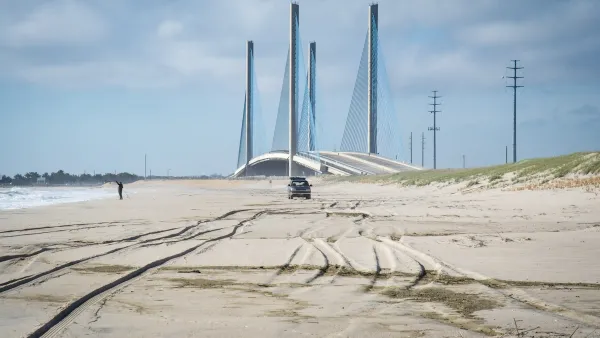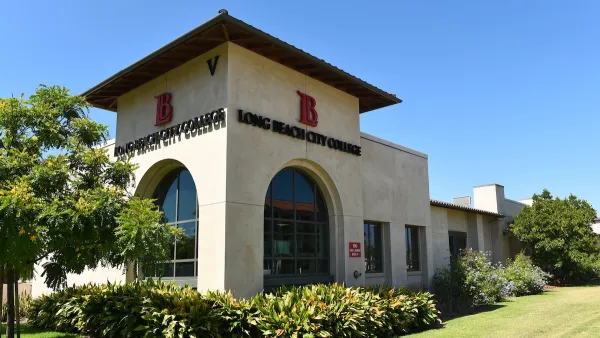Surfers, local businesses and residents alike rallied against kicking in $7 million for an Army Corps of Engineers plan to elevate beaches and erect sand dunes in Long Beach, NY six years ago. Post-Hurricane Sandy, most regret this choice.
The broader $98 million plan spared neighboring coastal communities such as Point Lookout, Lido Beach and Atlantic Beach millions in damages from Sandy, whereas “Long Beach suffered at least $200 million in property and infrastructure losses, according to preliminary estimates,” reports Mireya Navarro. Though it is still early to assess the exact impact of the Army's project, “for the most part, dune barriers acted like soft sea walls made of sand and vegetation that even when flattened or breached still managed to protect places like Westhampton Beach on Long Island, Plumb Beach in Brooklyn, and Bradley Beach in Monmouth County, N.J.,” she adds.
As Long Beach and other local communities look to rebuild, past opposition to sand dunes is being reconsidered. “But some shoreline experts warn that anything short of relocating the buildings and development closest to the ocean only buys time as sea levels rise,” writes Navarro. Orrin H. Pilkey, professor emeritus of earth and ocean sciences at Duke University, “supports dune restoration but also proposes limiting and mitigating development, including not rebuilding destroyed homes next to the beach and elevating others onto stilts to avoid flooding in the event that dunes are overtopped.”
Ultimately, each community will need to decide on how to move forward. “Our preference is to put those dunes back as quickly as possible,” said Julie Schreck, the mayor of Bradley Beach. “I hope other communities will consider trying to emulate nature as much as they can, but I guess every town has to take stock of its own preferences.”
FULL STORY: Resisted for Blocking the View, Dunes Prove They Blunt Storms

National Parks Layoffs Will Cause Communities to Lose Billions
Thousands of essential park workers were laid off this week, just before the busy spring break season.

Retro-silient?: America’s First “Eco-burb,” The Woodlands Turns 50
A master-planned community north of Houston offers lessons on green infrastructure and resilient design, but falls short of its founder’s lofty affordability and walkability goals.

Delivering for America Plan Will Downgrade Mail Service in at Least 49.5 Percent of Zip Codes
Republican and Democrat lawmakers criticize the plan for its disproportionate negative impact on rural communities.

Test News Post 1
This is a summary

Test News Headline 46
Test for the image on the front page.

Balancing Bombs and Butterflies: How the National Guard Protects a Rare Species
The National Guard at Fort Indiantown Gap uses GIS technology and land management strategies to balance military training with conservation efforts, ensuring the survival of the rare eastern regal fritillary butterfly.
Urban Design for Planners 1: Software Tools
This six-course series explores essential urban design concepts using open source software and equips planners with the tools they need to participate fully in the urban design process.
Planning for Universal Design
Learn the tools for implementing Universal Design in planning regulations.
EMC Planning Group, Inc.
Planetizen
Planetizen
Mpact (formerly Rail~Volution)
Great Falls Development Authority, Inc.
HUDs Office of Policy Development and Research
NYU Wagner Graduate School of Public Service




























